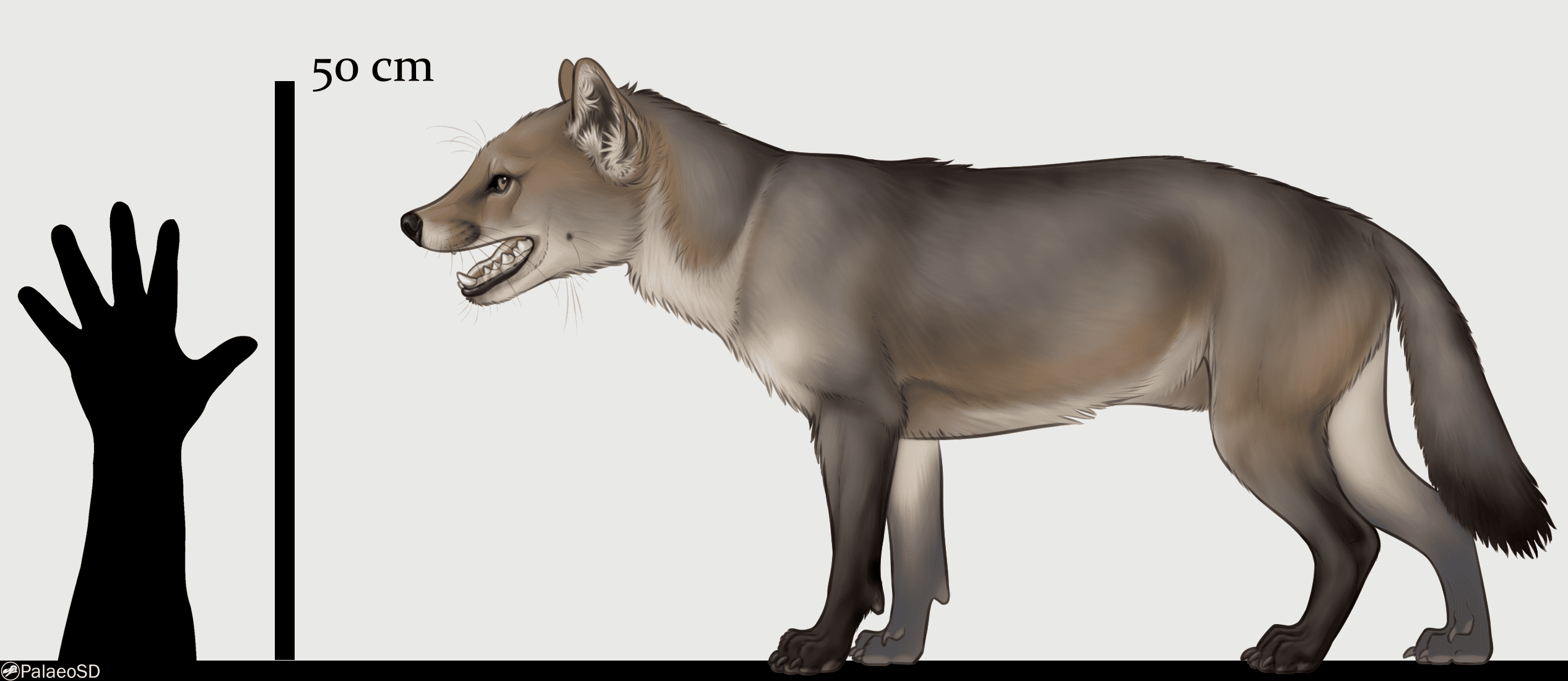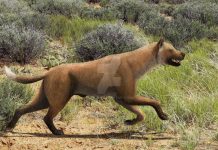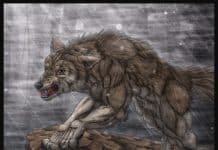Quick Tomarctus Facts
- Lived from the Middle Miocene Period
- Lived in North and South America
- Was as long as a hyena
- Weighed less than a bulldog
- It was a carnivore
About Tomarctus
Tomarctus is a carnivorous canine-like animal which lived approximately 15 million years ago during the Middle Miocene Period. It was first discovered during the 19th century and was named by Edward Drinker Cope in 1873. Its name means “cut bear.” Fossils of this species have been found from Montana all the way to Panama and from California all the way to Maryland.
If you browsed through Tomarctus pictures, then you might come to the conclusion that this animal was a hyena. After all, it kind of looks like one. However, that would be a wrong assumption. That’s because these animals weren’t related to hyenas. In fact, it was even an ancestor of the modern dog.
One of the most interesting facts about Tomarctus is that it is a canine-like animal that is related to some of the “bear dogs” such as Aelurodon and Borophagus. While these “bear dogs” were distant relatives to the modern dog, they were off-shoots of wolves and dogs and weren’t direct relatives. Other than that, paleontologists know little about their evolution.
What is known about these animals is that they were approximately 4 feet long and weighed around 40 pounds. Which makes them about the length of a striped hyena, but about a third of their weight. While that made them fairly small, they had one advantage going for them. They had a ferocious bite. Paleontologists estimate that this animal had a bite-force that was about as much as a modern hyena. This would make it a creature that you definitely wouldn’t want to mess with.























